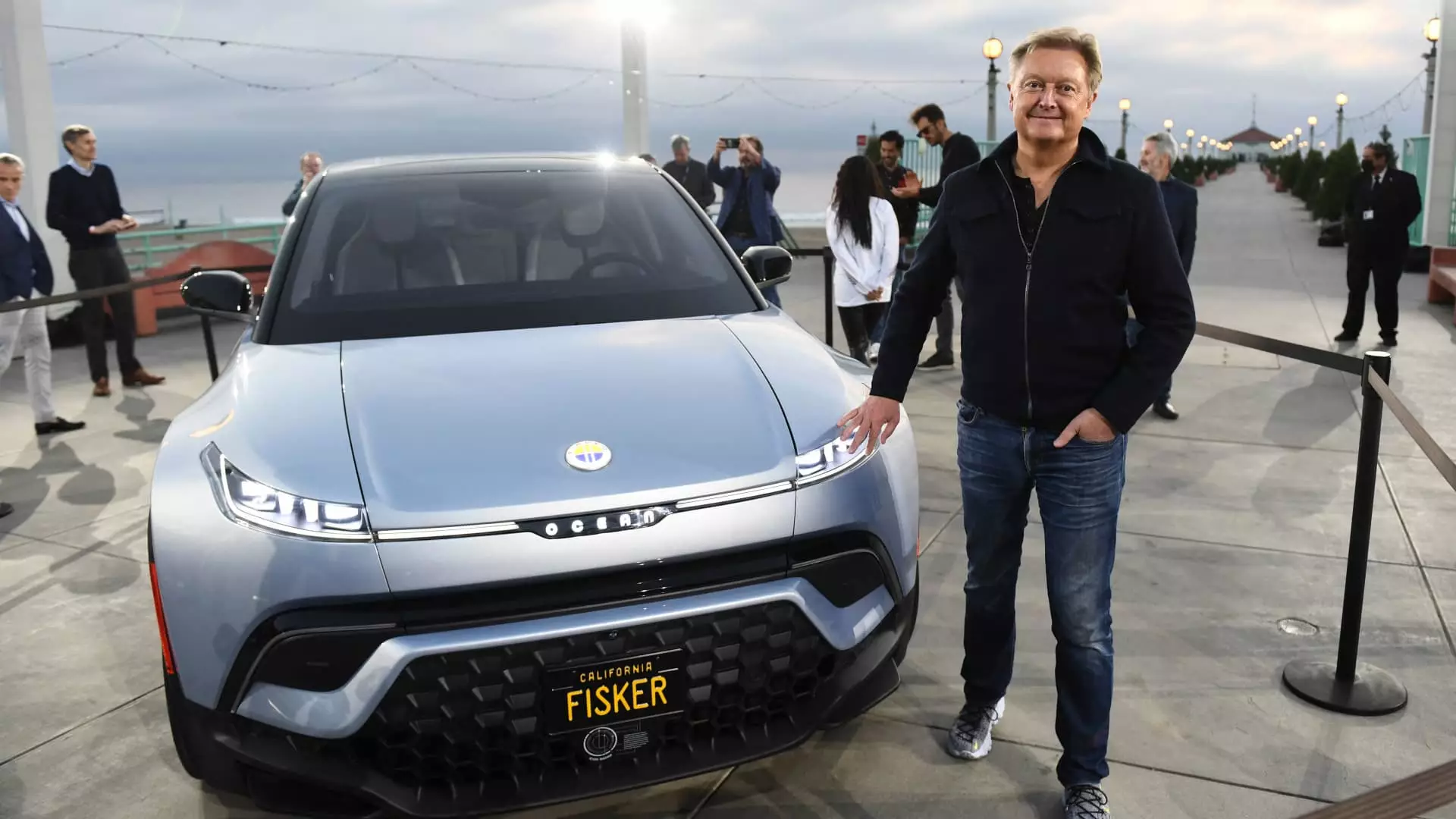Fisker, an all-electric vehicle startup, recently filed for Chapter 11 bankruptcy protection, a move that was influenced by sluggish consumer demand, high cash burn, and operational challenges. The company had already raised concerns regarding its viability back in February, prompting its CEO, Henrik Fisker, to distance himself from public view. The current bankruptcy filing marks the second time that a car company bearing Henrik Fisker’s name has sought bankruptcy protection, showcasing underlying financial troubles and mismanagement.
Amidst its financial struggles, Fisker also faced significant operational issues, including problems with the launch of its first product, the Ocean SUV EV. The partnership with Canadian auto supplier Magna, meant to streamline production, came under scrutiny as the company failed to deliver on its promises. Henrik Fisker’s comparison of the company to Tesla, as well as the Apple-Foxconn relationship, fell short as production challenges marred the company’s reputation. The management, particularly the CFO and COO, was criticized for incompetence in handling the company’s affairs efficiently.
One of the recurring themes in Fisker’s downfall was the issue of quality control, leading to numerous recalls of its vehicles due to software and engineering problems. This not only tarnished the company’s reputation but also drained its financial resources on rectifying these issues. The lack of adequate testing and oversight in the manufacturing process further exacerbated the situation, ultimately contributing to the demise of the company.
The decline of Fisker mirrored the broader challenges faced by the electric vehicle industry, with growing concerns over consumer adoption, rising costs, and diminishing investor interest. Despite initial optimism fueled by the success of Tesla, other EV companies struggled to replicate the same level of success. Fisker’s reliance on external funding sources, such as SPACs and investor capital, proved to be unsustainable in the long run, leading to its eventual collapse.
As Henrik Fisker reflects on the demise of his namesake companies, he acknowledges the need for introspection and learning from past mistakes. The failure of both Fisker Automotive and the recent Fisker venture highlights the challenges of building a successful electric vehicle company in a competitive market. Moving forward, the industry must focus on addressing quality control, operational efficiency, and sustainable business practices to avoid repeating past failures.
The fall of Fisker serves as a cautionary tale for the electric vehicle industry, emphasizing the importance of financial stability, operational excellence, and consumer trust. As emerging companies seek to carve out a space in the market, they must prioritize sustainability and innovation while avoiding the pitfalls that led to Fisker’s downfall. Only by learning from past mistakes can the industry move forward towards a more successful and sustainable future.


Leave a Reply